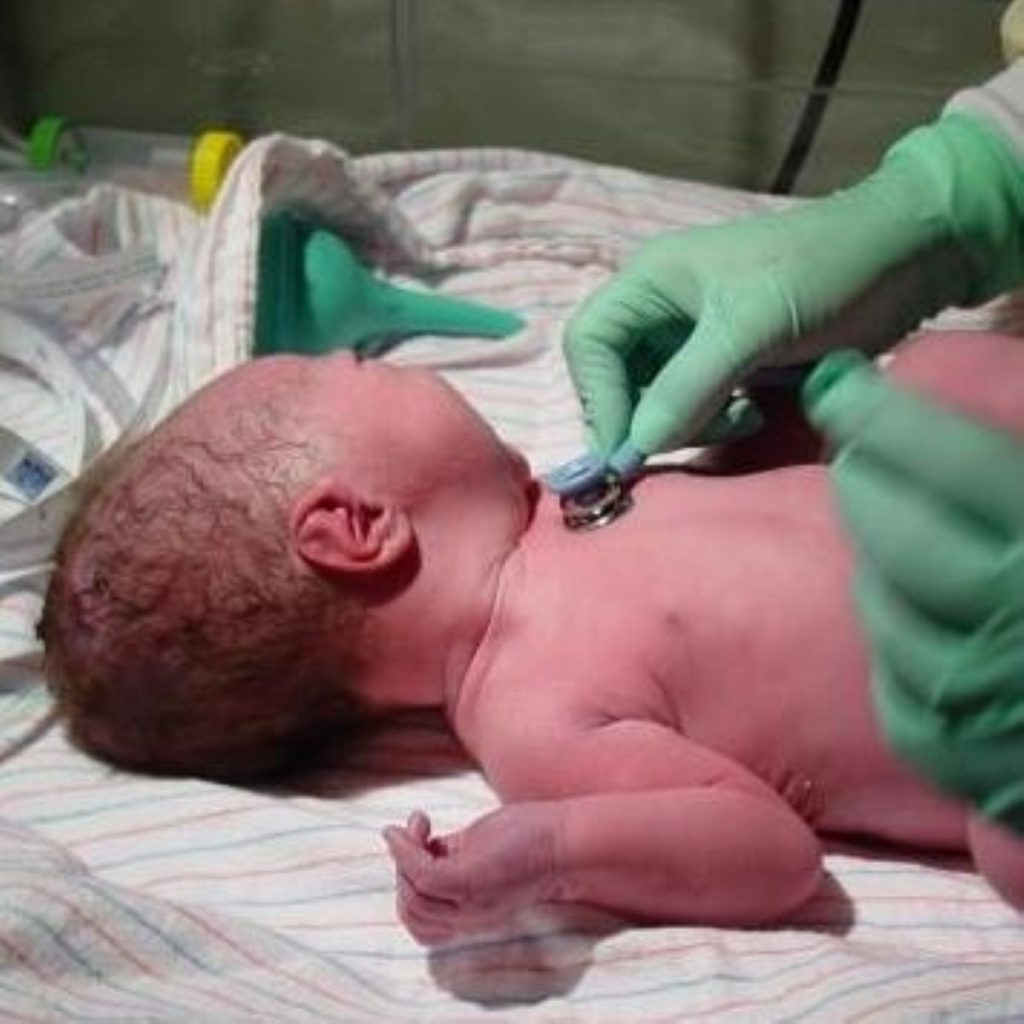World awaits Zavos’ proof
Fertility expert, Dr Panos Zavos, says he will prove next week that he successfully implanted a cloned human embryo into a 35-year-old woman.
Dr Panos Zavos, who risks being made into a pariah internationally if his controversial claims hold true, explained why there was a lack of evidence at present.
He claims to have placed a skin cell from an infertile donor into an egg. By fusing them together, the cell and egg developed into a cluster of cells that the professor later implanted into the woman’s womb.
Dr Zavos told Channel Four last night: “We have transferred the embryo only two weeks ago and therefore we don’t have anything more than the statement I made today.”


Proof would come “next week when we have a blood test,” he added.
“It takes two weeks to do the blood tests after the embryo is transferred and implanted.”
In light of the unsubstantiated claims, Bob Ward of the Royal Society told ITV: “The only information he gave us is that he used a brand new technique which as far as I can tell, has never been used before.
“Until he publishes some evidence to support these claims, who knows whether it is possible or not.”
Patrick Cusworth of pro-life pressure group, Life, condemned Dr Zavos’ work.
“I think that Dr Zavos has exposed this woman to incredible, near suicidal risks given the very well documented hazards of full pregnancy cloning.”
Mr Cusworth said Dr Zavos was acting “simply for his own financial and egotistical motives.”
Robin Lovell Badge of the Medical Research Council said using a cloned embryo to make a child was exceedingly dangerous.
“Zavos does have the expertise to do this, he is a fertility doctor, he knows how to do these things and that’s why it’s particularly worrisome.”
Wolff Reik, a cloning expert at the Babraham Institute in Cambridge, said he took the “dim view” that the doctor was “exploiting the emotional pressures of parents desperate to have children.”
Dr Zavos also announced plans to split human embryos, so that “spare parts” could be used if the living child needed them at a later date.
Dr Zavos explained: “Then we can create two embryos out of one, and give that couple an opportunity to have access to two rather than one because it enhances the possibility for proper implantation and production of two children.
“I think families in the future will be looking for possibilities of ensuring the general health status and insurance policy for the baby that is born by having another embryo similar to the one that is born.
“That could be used later on if the baby becomes ill or develops genetic abnormalities or deformities or injuries, then they can use that embryo to create stem cells to treat that baby’s deficiencies.”
Dr Zavos said a similar process used on animals had been done “with great success.” Dolly the Sheep, who aged prematurely and developed arthritis, was an irrelevant example, he contended.
“We have split embryos in the animal world with great success, but not in the human.
“But all intentions are that we will. We are taking every precautionary measurement.
“We are aware of the fact that cloning is a new technology, and could really bring about some additional problems that we need to address.
‘However, Dolly the Sheep cannot be used as a measuring stick in how this technology is developing or should be developed.”











